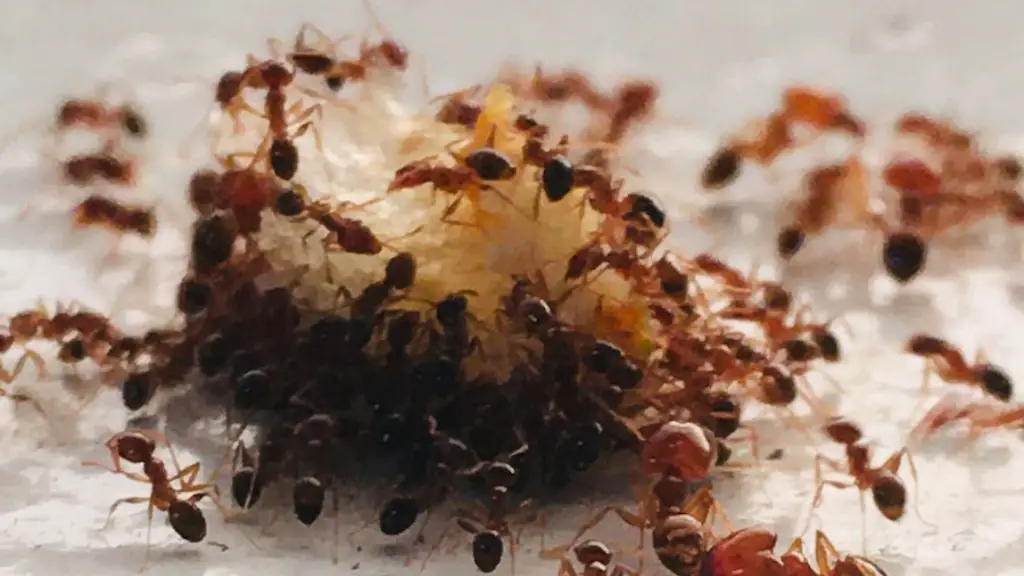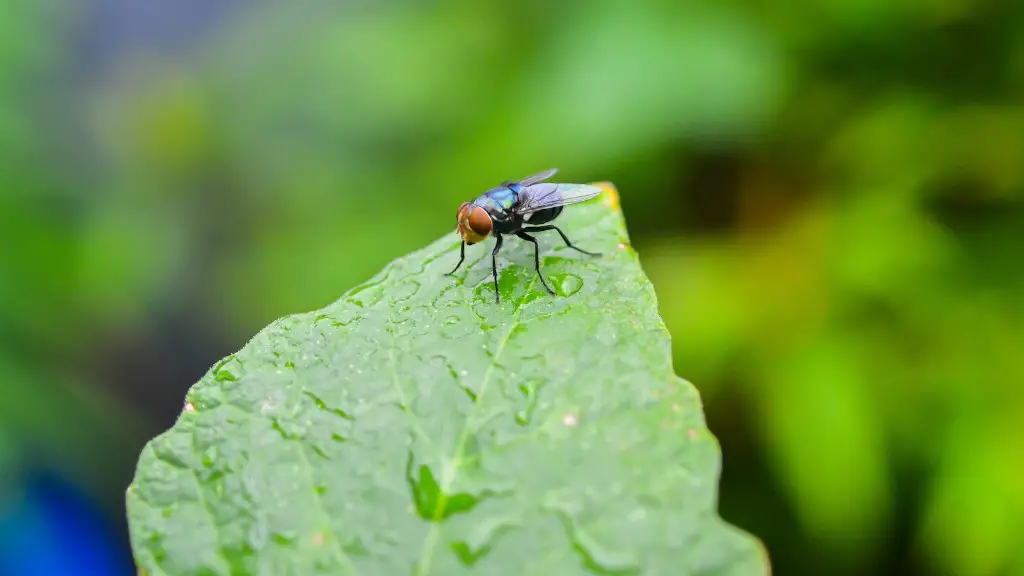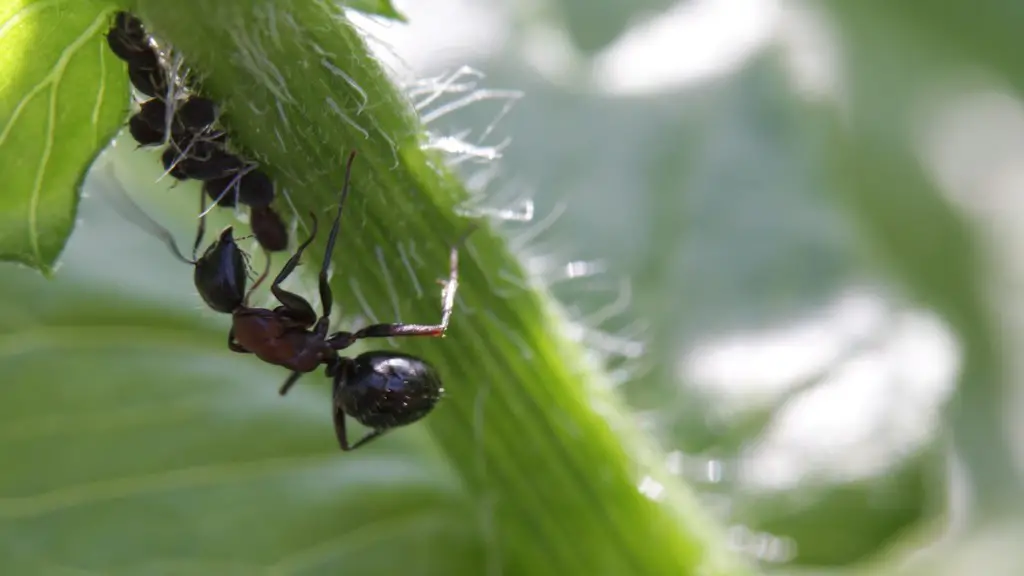Flying ants can be one of the most annoying pests, especially because they are attracted to light. Swarms of flying ants, that is ant colonies leaving the nest to mate, may suddenly appear in your home, garden, or even in your balcony. These swarms are usually composed of winged young, which are trying to start a new nest. That being said, getting rid of them is very important and it’s all about understanding their behaviour and taking the necessary prevention measures to make your home less attractive to them.
The first part of the process is to identify the flying ants. Usually, they are dark brown or deep red in color with wings that are longer than their bodies. Once you’ve identified the flying ants, you can start to tackle the problem. Here are a few tips on how to get rid of flying ants:
1. Disrupt The Light Source
The key to getting rid of flying ants is to disrupt the light source they’re attracted to. This can be done in a number of ways, such as moving any outdoor lights away from the home and making sure the indoor lights are not too bright. If you need to use outdoor lights, you can also look for bug traps, which are specifically designed to capture flying insects and reduce their numbers. Additionally, you can try using yellow light bulbs and bug zappers, which can also be effective.
2. Clear Away Unnecessary Clutter
Flying ants prefer to nest in dark, unhygienic places, so it is important to eliminate any sources of clutter or debris that can attract them. Check your backyard and indoor areas for any debris or trash that could offer shelter to the flying ants. Pay particular attention to areas where leaves, sticks, and other debris could accumulate, as these are excellent nesting grounds for flying ants.
3. Apply Pesticides
If the above methods don’t work and you’re still struggling to get rid of the flying ants, then it may be necessary to apply some form of pesticide. Begin by looking for a product designed specifically for flying ants, such as a contact spray or insecticide dust. All of these products will come with instructions, so make sure you read them carefully and follow the dosage instructions. For added protection, you can always consult a professional pest control company, who can help identify the source of the problem and recommend an effective solution.
4. Seal Up Any Openings or Cracks
A key to getting rid of flying ants is to make sure that any possible sources of entry are sealed up. This includes cracks or small openings in walls or foundations, which may provide easy access points for the flying ants. In this case, you’ll need to use some sealant or caulk to cover up the opening. If you live in an apartment, you’ll likely need to consult the building superintendent or landlord for larger repairs.
5. Redirect Swarms Away From Your Home
Although this may not be a practical solution for everyone, it is possible to redirect swarms of flying ants away from your home by using something called ‘baiting’. This involves using a traps, such as a plastic container filled with a sweet liquid, which the flying ants are attracted to. The container is placed away from your home and the flying ants will be lured away from your home and into the container, thereby reducing their numbers.
6. Plant Citronella Products
Citronella is a natural insect repellent, and it has been found to be highly effective against flying ants. You can either purchase commercial citronella products or you can plant citronella plants in your garden or around the outside of your home. This will not only help to keep the flying ants away but will also provide a pleasant smell, making your home more inviting and enjoyable.
7. Use Hair Or Soap Spray
Finally, another repulsive method for getting rid of flying ants is to use a hair spray or soap spray. This is a very effective way of killing flying ants, as it creates a barrier around the insects and suffocates them. It is important to note that if you are using this method as a form of pest control, you must follow the manufacturers’ instructions carefully and ensure that you use the correct concentration of the spray.
Preventive Measurements
Remember that the key to getting rid of flying ants is to prevent them from entering your home in the first place. Here are a few tips on how to keep them away: regularly trim vegetation around your property, keep food and garbage containers tightly sealed, maintain a proper sanitary environment and regularly inspect your windows, doors and other possible access points for any signs of an infestation or nesting sites.
Pest Control Professionals
If you are unable to get rid of the flying ants on your own, or if you are worried that the infestation is too large or difficult to tackle, then it is best to seek professional help. There are many reputable pest control companies who can come and inspect your home and then offer tailored solutions to tackle the problem. Additionally, these professionals also carry out preventive measures, like sealing up entry points, to make sure that the ants don’t come back in the future.
Do-It-Yourself Methods
It is always possible to try to tackle a fly ant infestation on your own. There are dozens of products on the market specifically designed for this purpose, but it is important to make sure that you understand the instructions and that you are using the product correctly. Additionally, if you don’t feel comfortable tackling a pest infestation on your own, then it is best to leave it to the professionals.
Periodic Assessment
Finally, once the infestation has been eliminated, it is important to maintain vigilance and regularly check for any signs of a new infestation. Flying ants are difficult to get rid of, so it is best to remain aware and contact pest professionals as soon as possible if you suspect any new nests in your home. This is the best way to ensure that the infestation does not return.



